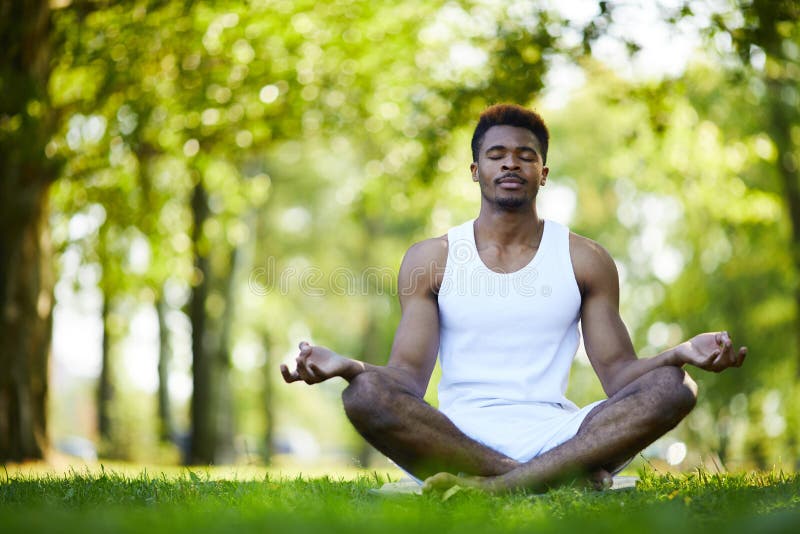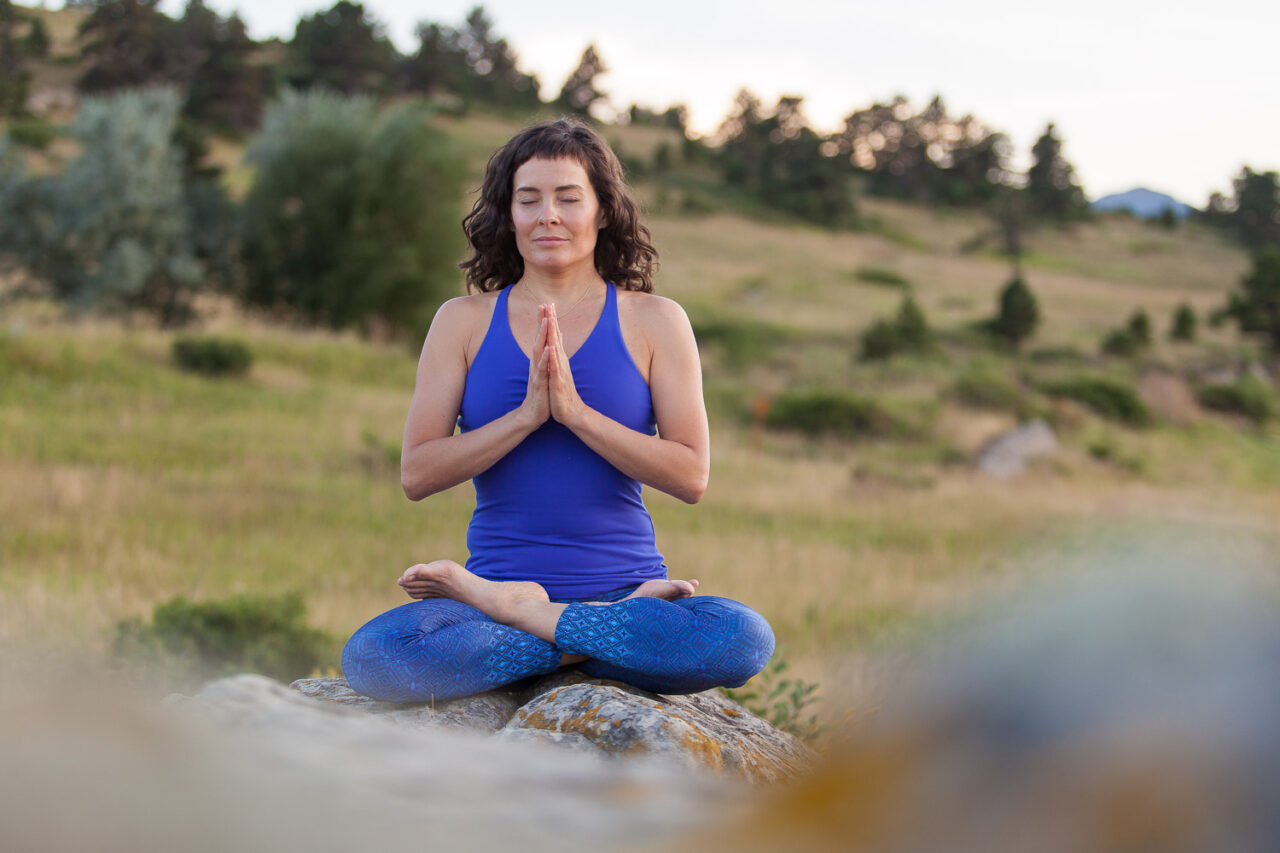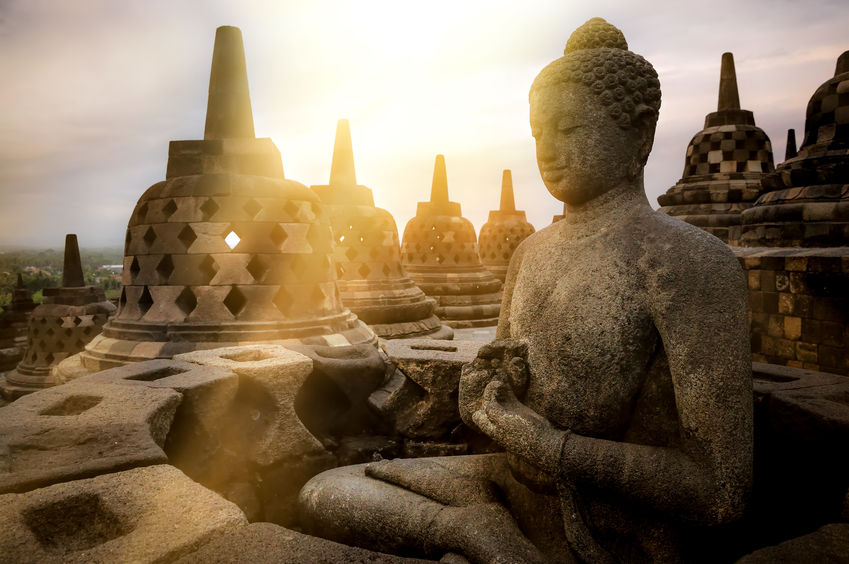How to Meditate: A Detailed Strategy to Achieving Mindfulness and Calm
Meditation works as an effective tool for attaining mindfulness and psychological calmness in a hectic globe. By comprehending the essential principles and methods associated with meditation, individuals can grow a technique that enhances their general health. This conversation will certainly lay out vital actions, from producing a favorable atmosphere to incorporating meditation into everyday routines. As we explore these elements, it ends up being clear that the trip to mindfulness is not just concerning the act of sitting in silence, but instead regarding cultivating a much deeper connection with oneself and the globe around us. What might this change require?
Comprehending Meditation
Recognizing meditation involves realizing its fundamental principles and strategies, which offer as the structure for the technique. At its core, reflection is a mental exercise targeted at promoting leisure, building inner power, and developing compassion and understanding. The technique urges individuals to focus their attention, usually through methods such as deep breathing, visualization, or rule rep.
Reflection can be categorized right into numerous designs, consisting of mindfulness, transcendental, and loving-kindness reflection, each with distinct functions and methods. Mindfulness meditation emphasizes present-moment recognition and non-judgmental observation of ideas and feelings, while transcendental reflection involves making use of particular rules to transcend normal thought procedures. Loving-kindness reflection concentrates on creating a perspective of love and concern towards oneself and others.
No matter of the method employed, the key goal remains consistent: to cultivate a deeper understanding of the mind and its patterns. This self-awareness promotes emotional durability, clarity of thought, and an extensive sense of calmness (How to meditate?). By comprehending these strategies and principles, people lay the foundation for an effective meditation practice that can significantly boost their general wellness
Planning For Your Technique
Prior to beginning your meditation technique, it is vital to produce a setting for concentrate and relaxation. Select a peaceful space where you are unlikely to be interrupted. This could be an edge of a space, a garden, or any type of location that stimulates a feeling of tranquility. Ensure that the location is clean and cost-free of clutter, as a clean environment can help clear the mind.
Take into consideration the illumination, as natural light can boost your mood and power. Soft, cozy illumination is commonly more relaxing than harsh fluorescent lights. In addition, choose a comfortable temperature level, making sure that you are neither also hot nor as well chilly.
Integrating elements that promote peace can even more boost your experience. This might include soft pillows or blankets for comfort, in addition to soothing fragrances from crucial oils or incense. It can additionally be advantageous to have a timer set for your meditation session to prevent interruptions from clock-watching.
Fundamental Meditation Techniques

One more reliable strategy is body check reflection. This includes emotionally scanning your body from head to toe, seeing any kind of locations of stress or discomfort and purposely loosening up those muscular tissues. This method promotes a much deeper connection in between your body and mind.

Finally, loving-kindness reflection focuses on growing empathy in the direction of on your own and others. Calmly repeat expressions of goodwill, boosting emotional health and interconnectedness. Each of these methods works as a foundation for your reflection journey, permitting you to find the approach that reverberates finest with your personal practice.
Preserving Focus and Mindfulness

Establishing a devoted meditation space can enhance the capability to keep mindfulness. A silent, minimalist atmosphere lessens disturbances, enabling deeper immersion in the technique. In addition, setting a time restriction can aid take care of assumptions; beginning with shorter sessions might reduce the shift right into longer practices.
Utilizing strategies such as body scanning or observing sensations can additionally reinforce mindfulness. These approaches urge professionals to remain present and involved with their physicality, securing their attention in the moment. Normal practice is crucial; the brain constructs resilience with time, creating a stronger ability for you can find out more focus.
Incorporating Meditation Into Day-to-day Live
Integrating meditation into every day life can transform routine tasks into opportunities for mindfulness and self-reflection. By integrating mindfulness practices into common jobs, individuals can grow a greater feeling of presence and peace among the busyness of day-to-day life.
Begin by identifying moments throughout your day where you can pause and exercise mindfulness. During your early morning commute, emphasis on your breath or the feelings of the atmosphere around you. In the cooking area, strategy food preparation as a reflective method, enjoying the structures, shades, and fragrances of the ingredients. Also ordinary activities like walking or cleaning dishes can become possibilities for meditation by routing your focus to the sensations of activity and the noises bordering you.
Additionally, reserving devoted times for reflection can reinforce its technique. Begin with brief sessions, slowly enhancing period as you become much more comfortable. Use reminders or signs-- like a details time of day or a soothing noise-- to develop consistency.
Ultimately, the goal is to weave mindfulness into the material of life, permitting you to approach each minute with purpose, thereby enhancing your overall sense of wellness and clearness.
Conclusion
In conclusion, effective reflection requires a peaceful atmosphere, a comfortable position, and a concentrate on the breath. By allowing thoughts to arise without judgment and consistently redirecting interest to the breath, experts can achieve enhanced mindfulness and harmony. Integrating different strategies, such as body scanning and loving-kindness phrases, can better enrich the practice. Normal meditation, even in quick sessions, cultivates a much deeper connection to the here and now moment, eventually resulting in better calmness and mental quality in daily life.
Reflection can be classified right into numerous designs, including mindfulness, transcendental, and loving-kindness reflection, each with unique purposes and methods. Mindfulness reflection stresses present-moment awareness and non-judgmental monitoring of feelings and thoughts, while transcendental reflection includes the use of specific rules to transcend regular idea procedures.With your meditation area prepared, it's time to explore various basic reflection techniques that can help grow mindfulness and inner tranquility.Consistently preserving focus and mindfulness during meditation can be difficult, particularly for those new to the method.Establishing a specialized reflection space can enhance the ability to maintain mindfulness.